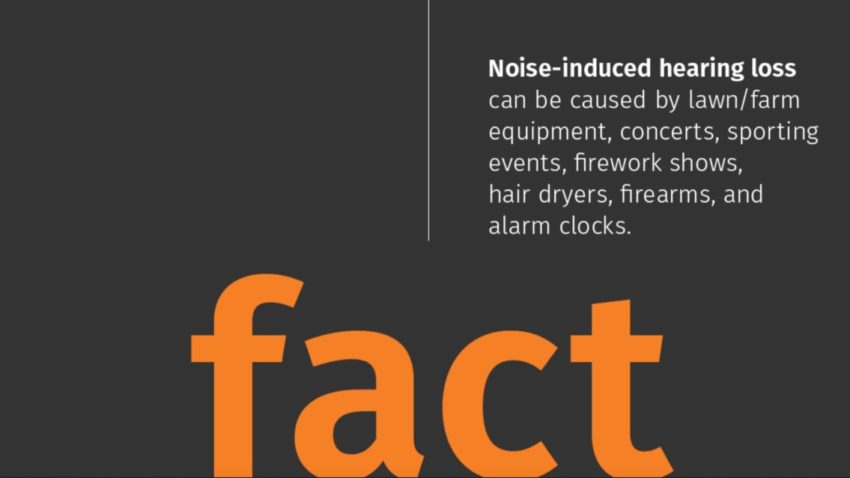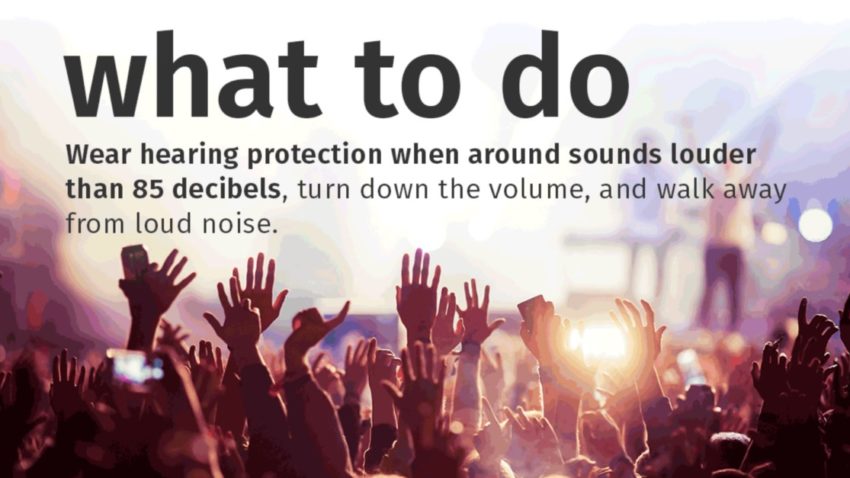According to the National Institute for Occupational Safety and Health (NIOSH), 30 million workers are exposed to hazardous noise every day, ranging from sounds of a power lawnmower to shots fired from a shotgun. This noise can cause severe damage to the ear and produce permanent hearing loss. Noise-induced hearing loss is the number one diagnosed occupational disease.
Noise is unwanted sound by the listener. Sound travels through the air in the form of waves and is measured in two ways – intensity and frequency. Intensity is the loudness of sound, and frequency is the pitch of sound (meaning how high or low a sound is). The decibel (dB) is the unit used to measure the intensity of a sound.
People working in industrial settings are not the only ones that need to worry. As a matter of fact, you may be exposed to several noise sources daily that can affect your hearing if exposed long enough. One-third of hearing loss is due to loud noises, a loud workplace environment (machinery) or loud recreational equipment (iPods or MP3 players). For researchers, this may also include devices such as sonicators.

 OSHA Requirements for Hearing Protectors:
OSHA Requirements for Hearing Protectors:
- Hearing protectors must be made available to all workers exposed to noise at or above 85 dBA.
- Hearing protectors must be worn by all workers exposed to noise levels at or above 90 dBA.
The Environmental Health and Safety Office (EHSO) is responsible for conducting workplace noise monitoring and provides guidance for appropriate hearing protectors. Employee Health Services conducts audiometric testing for employees.
Signs of Hearing Loss:
- Words are difficult to understand when having a conversation.
- Children and women’s voices are difficult to understand.
- The tendency to favor one ear over the other.
- A ringing sensation exists in one or both ears.
- Social occasions that once were enjoyable are now uncomfortable to attend.
- The need to have people repeat themselves constantly.
- Phone conversations are hard to understand.
Contact EHSO if you have any questions or concerns regarding noise and hearing safety.
